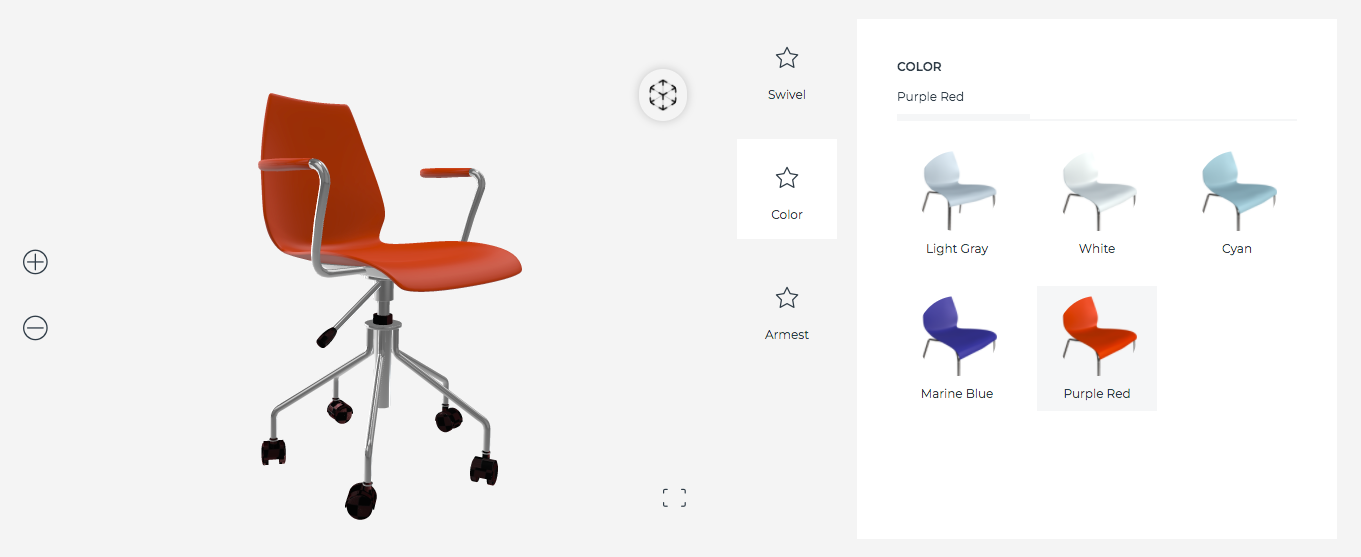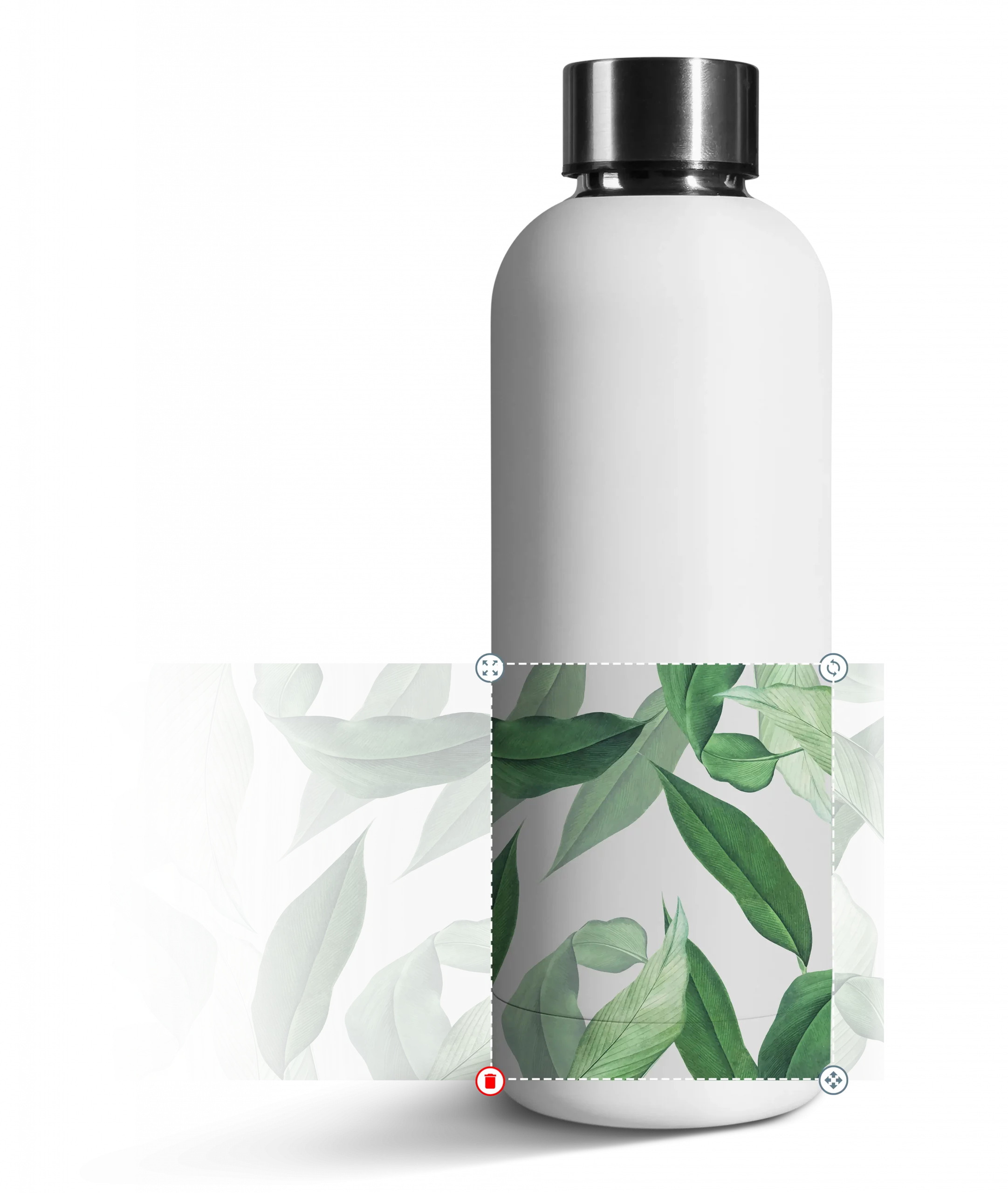With today’s technology, it is common to hear about businesses using technology for operations. Companies now take advantage of automation software and other innovations to streamline their processes. As a result, consumer tastes and preferences have also evolved significantly. Back in the day, it was a challenge for businesses to address all customers’ needs due to limitations, producing processes, or simply lack of imagination. Fortunately, technology has paved the way to eliminate these obstacles for both manufacturers and customers.
In today’s digital era, the importance of customization and personalization has skyrocketed. According to research by Deloitte, more than 50% of customers prefer customized products or services in specific categories, and 1 in 4 people are willing to pay more for such items. The concept of made-to-order has become extremely popular for jewelry and furniture as people want to have a say in how their products turn out.
Providing Better Customer Service
When shopping for jewelry and furniture, it is common for people to have specific needs. Some shoppers may walk in without knowing what they are looking for, but they may still have an idea on what they want and do not want. By giving them the liberty to customize their order as they see fit, you can provide them with the best possible customer service.
Personalized jewelry is extremely popular and sought-after because it allows people to incorporate unique and sentimental elements into it. Whether it be a symbolic gem or a carved initial, these little touches can add so much to the resulting piece. The same is for furniture, where custom pieces are often made to fit a space perfectly.
Stimulate Customer Retention
Customer retention is built on factors like brand image and overall product or service quality. With personalization and customizations on the rise today, it is no surprise that these steps have been found to stimulate customer retention. Allowing customers to have a say in their product is one of the best ways to improve customer relations, which can translate to loyalty.
Promote User-Friendly Experience
Giving customers the chance to personalize their products makes the shopping experience much more user-friendly. Many times, customers may be interested in what you have to offer, but want to have options to make slight modifications. By giving them such creative freedom, you can attract a larger crowd. However, should you decide to offer personalizations, you must ensure that the process is easy to follow. If the design or ordering process is too complicated, customers may opt not to customize their orders in the first place.
That’s why Zakeke has been chosen by more than 43.000 merchants all over the world: in order to give customers an immersive shopping experience, flawless and easy to integrate with most of the e-commerce ecosystems.
Product customization is not just a trend, it’s a reality that needs to be implemented, in the right way, to increase revenues, awareness and to improve the customer experience itself.















